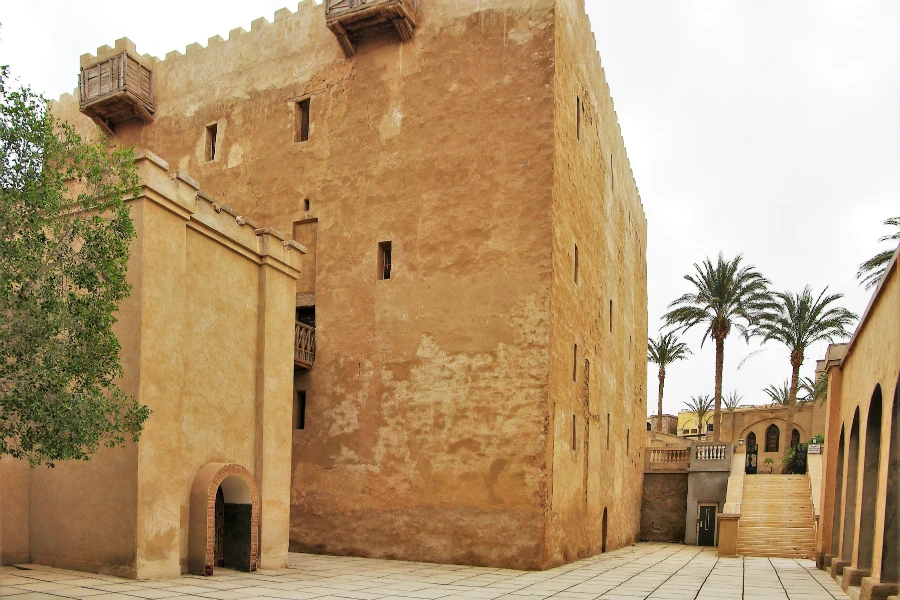
Tyburn Nuns to open chapel at foundress’ birthplace

London, England, Aug 3, 2018 / 10:30 am (CNA/EWTN News).- An order of Benedictine nuns based near the site in London where Catholics were martyred during the Reformation announced Friday they will soon open a house at the childhood home of their foundress, whose cause for canonization was opened in 2016.
The Adorers of the Sacred Heart of Jesus of Montmartre, OSB, will formally open a chapel in Grancey-le-Chateau, 25 miles southest of Langres, France, Aug. 15, at the property where their foundress, Mother Marie-Adèle Garnier, was born in 1838.
“We give thanks to the Sacred Heart for this historic moment for our Congregation. Our sisters from all over the world are gathered here together to remember the birth of our foundress – the birth of our Monastic Family,” Mother Marilla Aw, OSB, superior general of the order, said Aug. 3.
“We hope that the opening of this house will be an impetus for many people to come to know the charism of our Mother Foundress who is now a Servant of God. Her teachings are profound, and she has already led many souls to the adoration of the Heart of Jesus hidden in the Eucharist.”
The chapel at the site, Maison Garnier, is dedicated to Our Lady of the Assumption. The nuns hope the site will become a pilgrimage destination for those devoted to Mother Marie-Adèle. The property includes a museum and a conference and retreat center.
Mother Marie-Adèle founded the Adorers of the Sacred Heart of Jesus of Montmartre in 1898. The order is dedicated to perpetual adoration of the Blessed Sacrament.
In 1901, the anti-clerical French government passed the Law of Associations, which greatly expanded the state’s authority over religious orders and regulated their educational work. As a result, the sisters went into exile in London, where they were able to freely wear a habit for the first time.
They eventually settled at Tyburn, the London site where in the 16th and 17th centuries several hundred martyrs – priests, religious, and lay men and women – were executed by the Protestant state for their refusal to give up their Catholic faith.
Throughout her life as a religious, Mother Garnier, who now went by Mother Mary of St. Peter, experienced intense physical suffering, so much so that when she went more than two hours without suffering, she wondered if Christ had forgotten her.
Despite her sufferings, which included debilitating migraines, her sisters say she remained cheerful and gentle with everyone, and counseled other sisters through their trials.
The order as a whole also suffered financial problems and strange demonic attacks, including instances of possession or objects being picked up and thrown across the room. But Christ promised Mother Mary of St. Peter that he would not let the order dissolve.
In 1922, Christ appeared to Mother Mary of St. Peter and told her that she would suffer and die soon. For the next two years, she suffered intense chest pains and congestion problems, until she became bedridden.
On November 15, 1923, on a Host a priest brought her, she saw the Heart of Jesus, alive in the Eucharist. She died June 17, 1924 at the Tyburn convent.
Her cause for canonization was opened Dec. 3, 2016 by Bishop Joseph-Marie-Edouard de Metz-Noblat of Langres.
Today, the contemplative order has spread throughout the world, with convents in England, Scotland, Ireland, Australia, New Zealand, Peru, Ecuador, Colombia, Italy, and France.





